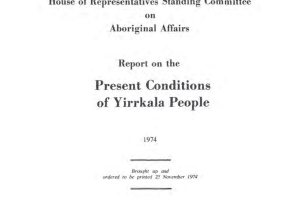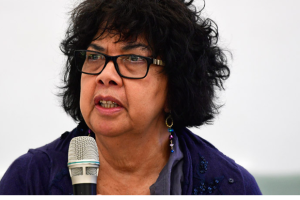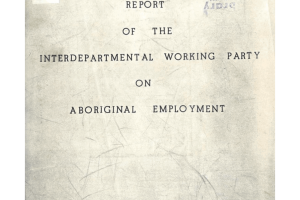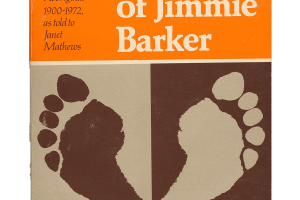
Artefacts about 1970s
The Standing Committee on Aboriginal Affairs questioned a high-level DSS official in 1973 and 1975. They touched on a range of issues relevant to Aboriginal people receiving payments.
In a series of letters, the Department of Aboriginal Affairs asked the Department of Social Security to publish information about government payments in language.
Aboriginal and Torres Strait Islander people used government payments to gain further rights and freedoms. Activist Joyce Clague’s story reveals how payments became linked to land rights.
A 1974 report about the impacts of bauxite mining on the Yirrkala community in Arnhem Land recommended against direct government payments for the community, reflecting a change from advice in a 1963 report.
At the 2015 Mabo Oration, Dr Dawn Casey discussed the discrimination her family faced when seeking a government payment in the 1970s and her own experiences of discrimination throughout her career in the Australian Public Service.
Researchers interviewed Aboriginal families in Adelaide about their housing, income, government payments and work as part of a wider study into poverty in Australia.
To address high unemployment rates, the government looked into ways to increase employment in Aboriginal communities. They considered introducing community-based work programs, but also looked into ways to make it harder to get Unemployment Benefit.
Social services impacted people in different ways. This excerpt from Jimmie Barker’s autobiography details his experience of having to stop work and beginning to get the pension.







